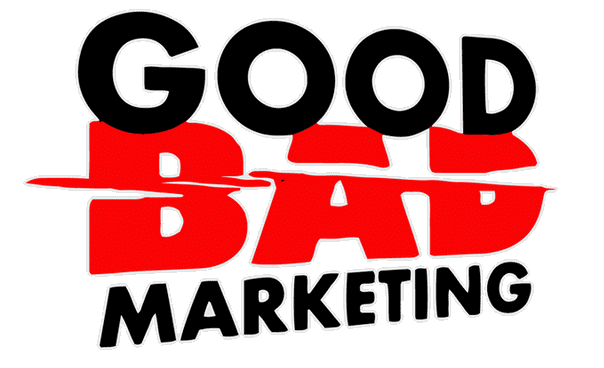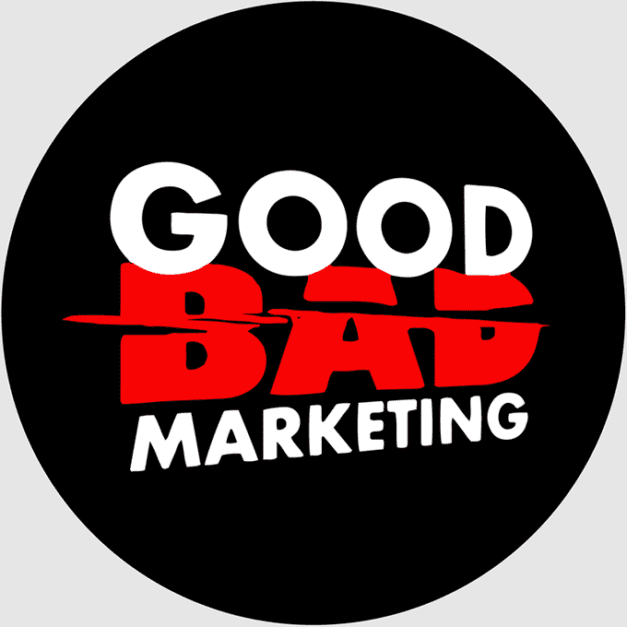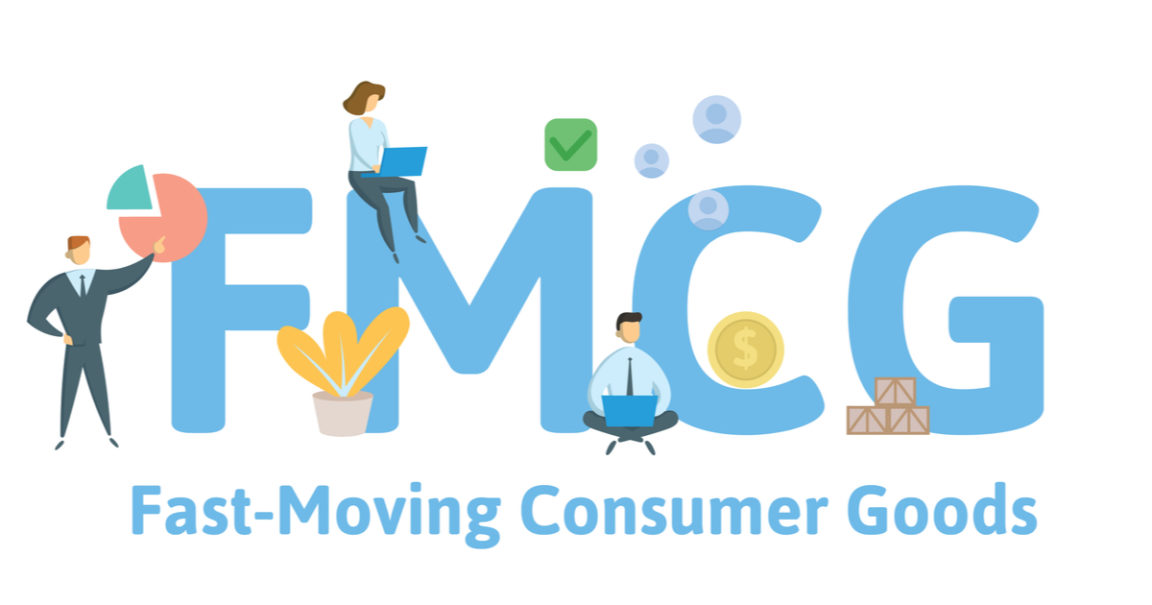Promoting consumer goods is one of the most essential components so products will be known. In a global market where there is overwhelming competition, businesses must be able to execute such a strategy in a way that they can reach out to potential clients. The way that marketing has shaped products and services should always be regarded, and brands must continue adapting to new promotional tactics for local and global presence.
Fast Moving Consumer Goods or known as FMCGs are very common for us today. From dry goods, sanitary products, and essentials for everyday use, they come in bulk and can be seen anywhere. Groceries and convenience stores are where they are likely to be sold, given the fact that they must be always available and also very affordable for all. Consequently, you may be wondering why some of them are seen in commercials, and some are available but we do not have the grasp of what the brand really is. When this happens, most consumers prefer familiar goods, as they are thought to be more reliable compared to unpopular ones.
Hence, it is always needed to mass-market goods, so conversion to sales would also be rampant. When there is so much competition, every marketing campaign must always be beyond par. However, when you have a new product that is going to be launched, how would you be able to start marketing them?
The Technicalities
Product Information Management (PIM)
Product Information Management must be the first step in launching a product. Brands use a standard product data and image database, where suppliers are obliged to upload ample information about a certain product. This information may be used in retail stores, where suppliers and resellers will let their clients know what the product is made of and how it must be used.
Category Review Due Diligence
Once the information is uploaded to the database, there will be a review process by the retailers for the whats and hows of your product. Make sure to have concise answers to these questions for retailers to grasp a good understanding of what your product is.
Distribution Methods
If retailers give your product a go, you must be able to plan how your goods can be efficiently distributed to retailers. You may want to have a direct store delivery, or even hire a middleman in logistics to do the job for you.
Free-Fill Budget
It is common for new products to be promoted for free, or even a portion of it. You must have a budget for this, as this will be a test run of how your product is perceived by consumers and how much it can turn into sales. Retailers often ask for this to limit the risks of the goods being sold poorly in stores.
Samples and Demos
When there is a free-fill budget, it does not only connote being able to distribute them to retailers. It should also integrate demos and promotions, where brands can give them directly to clients for free within a limited time. If your product is good, consumers will potentially come back to you; of course with payment already.
Assess Launching
When the onboarding seems a success, it is also important to evaluate how your product performs. You may check for in-stock conditions, price tag execution, POS system accuracy, shelf, and off-shelf positioning, and signage installation conditions.
New Products: Marketing Techniques
Promotional Ads
Technology has been a huge advantage for product launching and marketing. Companies, whether big or small, may contact bloggers, influencers, and network affiliates in the launching of new products. When your product is still launching, it would be best to use promotional ads, either written or just infographics, to let your target market know that your product exists. These promotional ads can come a long way, and can also be seen locally and globally.
Traditional Marketing
When people think digital marketing is the only way for product launching, they’re wrong. There are still a number of people, especially the elderly, who prefer reading newspapers and brochures. Hence, it is also safe to say that traditional marketing must also be considered, to not only reach out to the younger generation but also the oldies as well.
Brand Extensions
FMCGs are mostly not into brand recognition. Typically, manufacturers tend to reach out to popular brands in a way that they are still able to sell their product and the latter does the marketing for them. Product extension is created so there will still be mass production and regular sales of products, where they can distribute the goods to a popular company which then sells the goods at a much higher price compared to buying directly from the manufacturer. This will mutually benefit both parties as manufacturers will have regular sales, and brands will be able to buy them at a cheaper price.
When you have a new product to launch, there is always a hectic time of what you should do to make your launch a success. With the simple steps mentioned above, you may get your product going step by step; yet, always make sure to assess and avoid shortcuts for a seamless product launching; just trust in time that your product will go a long way.





